The motorist: an urban case study of neighborhood construction in Bogotá
DOI:
https://doi.org/10.22380/2539472X.1542Keywords:
.Abstract
Much of the city of Bogotá has been built in an informal manner, the demand for housing having exceeded the provisions made by the planning sector and the State. The huge numbers of people requiring concrete solutions to their problems are not content to wait passively for something to happen; they organize themselves and actively generate a variety of quick and practical "solutions" of their own. Creativity and ingenuity thrive in the face of adversity; links are forged amongst those sharing similar socio economic situations; networks are established and relationships strengthened by the pursuit of common objectives. While all family members play a part in this complex process of city formation, the role of the woman has been overlooked and needs to be recognized.
Downloads
References
CEPAL 1993 Pobreza. ajuste y equidad. Consejería presidencial para la política social. Bogotá.
Foster, George 1971 Peasant society and the image of the limited good. En Man inadaptation: the institutional. framework: 298-310, Ed. Yehudi A. Cohen. Chicago, Aldine.
Geertz, Clifford. 1962 The Rotating Credit Association: a 'middle rung' in development, Economic development and social change, Vol. 10, Nº3: 241-263.
Lomnitz, Larissa. 1983 Cómo sobreviven los marginados. Editorial Siglo XXI, México.
Max-Neef, Manfred 1986 Desarrollo a escala humana. Una opción para el futuro. Cepaur, Hammars Kjold, Grafisca AB Motala, Chile.
Meertens, Donny. 1987 Mujer y vivienda en un barrio de invasión. Revista Foro, No. 4, Noviembre: 38-46. Bogotá.
Wallace, A. F. C. 1961 Culture, and personality. Random House. New York. DOI: https://doi.org/10.1037/13363-000




















